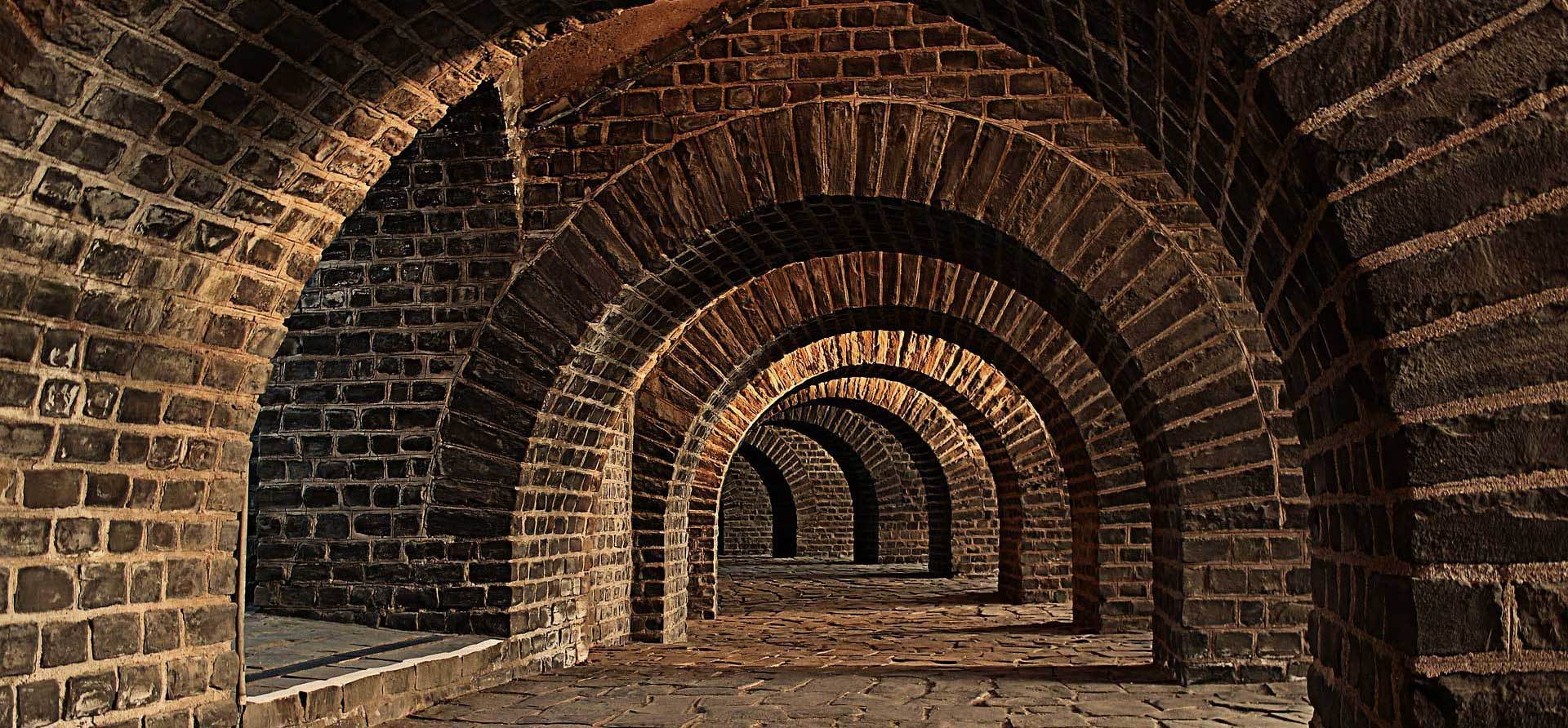How Spaces Become Places
Sometime last year, we were finally presented with the opportunity to return to face-to-face conferences, expos and meeting around the world. Many were reminded that when you walk into a room full of people sharing that space together, it becomes something more than just a place you go to for meetings, work and presentations. Gathering in a physical area has another dynamic and significance to us, not just as professionals but as humans. It gives us something that we crave; meaning. A space gains meaning because of what happens in it, and it becomes a place when it is filled with people and their memories.
The definitions of space vary. Leisure spaces might be a theme park, a museum or the digital realm of a game. Workspaces might be an office, a conference room, or a virtual meeting. And then there is home and school – the list can be elaborated further, but all spaces share a universal rule: When people are in a space, their experiences become the defining elements that make it a place. As phrased by Yi-Fu Tuan in “Space and Place – The Perspective of Experience“, what begins as undifferentiated space becomes place as we get to know it better and endow it with value.
What begins as undifferentiated space becomes place as we get to know it better and endow it with value
When we think about designing spaces for people, we need to focus on what they will experience rather than the design elements and objects of the place itself. An audience-centric approach makes for more engaging and memorable sites because it allows us to build narratives into our spaces that are amplified by the inner narrative of those who experience them. We design what happens around people to evoke reactions inside them. People are the focal point of our creative strategy and concept for a spatial experience, to be prioritised higher than the space itself; people first, spatial attributes second. When you’re designing a space for someone else, you need to think about their inner narrative and what kind of story they will build around themselves in that space – whether it’s a home, office or a third place of leisure or learning.
Places are not just digital or physical, and their gravitational point to ensure their successful combination is people. Physical spaces are not dead, but to make them more important than ever, we must consider how they can be developed as unique and memorable places. Furthermore, as the physical space expands into the virtual space of metaverses and multiverses, the crucial connection point in successful convergences is audience-centric hybrid thinking.
It all comes down to this: How will you design spaces of meaning and value to people that will turn them into valued places, regardless of whether they are part of a physical or virtual reality – or a combination of both? With a robust and convincing answer to that question, you may have just cracked to code on how to make a place become a space.
Other posts
Breaking the Silos of Disciplinary Domains
Breaking the Silos of Disciplinary DomainsThe world is becoming increasingly complex and needs open minds and collaboration. Challenges are rarely confined to neat disciplinary boxes, and solutions demand a convergence of professional perspectives. Yet, many...
The Significance of Imitation Collapse
The Significance of Imitation Collapse As AI and other seemingly intelligent technologies polarise the creative industries and their experienced and aspiring professionals on possibilities and use, they also shine a light on a deeper discourse now being amplified and...
Our Lives in the Uncanny Virtuality
Our Lives in the Uncanny Virtuality You may have heard of The Uncanny Valley, and you may have faced it more than once. The phenomenon was first coined and described by the Japanese roboticist Masahiro Mori in an article published in 1970. Mori identified the...
The Past Reimagined
The Past Reimagined Making cultural heritage relevant and popular to new generations When we explore our past, it is not because we want to go back to what our ancestors were but because we search for our connection to the stories, the songs, the lives and the rituals...
Go Beyond the Hype and Embrace the Future You
Unless you have resided under the proverbial rock since summer, it is very evident that we are now in the season of courses and conferences. And let’s be honest, there are some brilliant opportunities to gain both inspiration and knowledge that is applicable to the...
Designing the infinite team network
This week, we were yet again in a creative development meeting with one of our partners in the UK. Next week, we’ll do a follow-up session. For each of these, none of us will leave our respective hometowns of Aarhus or London. Our travel time is down to the time it...
January 2023
Author: Klaus Sommer Paulsen
CEO & Founder, AdventureLAB
Do you want to receive similar articles from us every month? Subscribe to our newsletter “The Experience Economist”.


